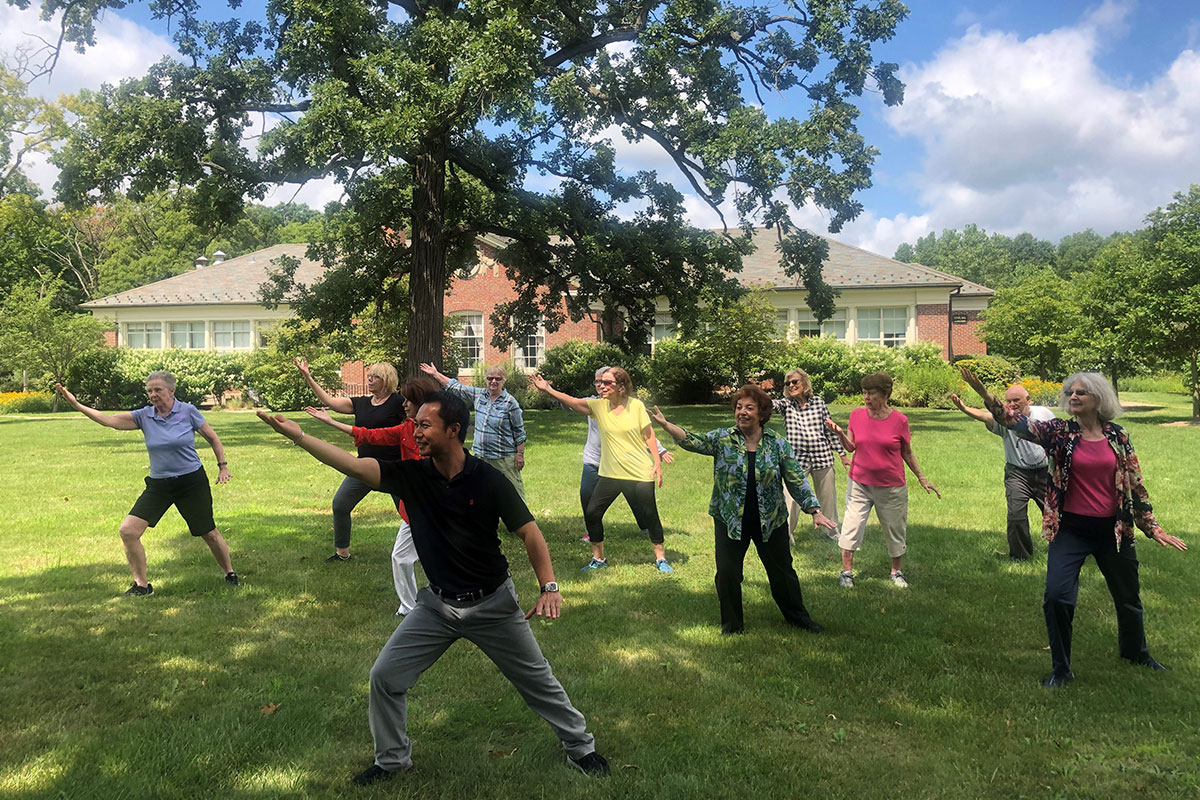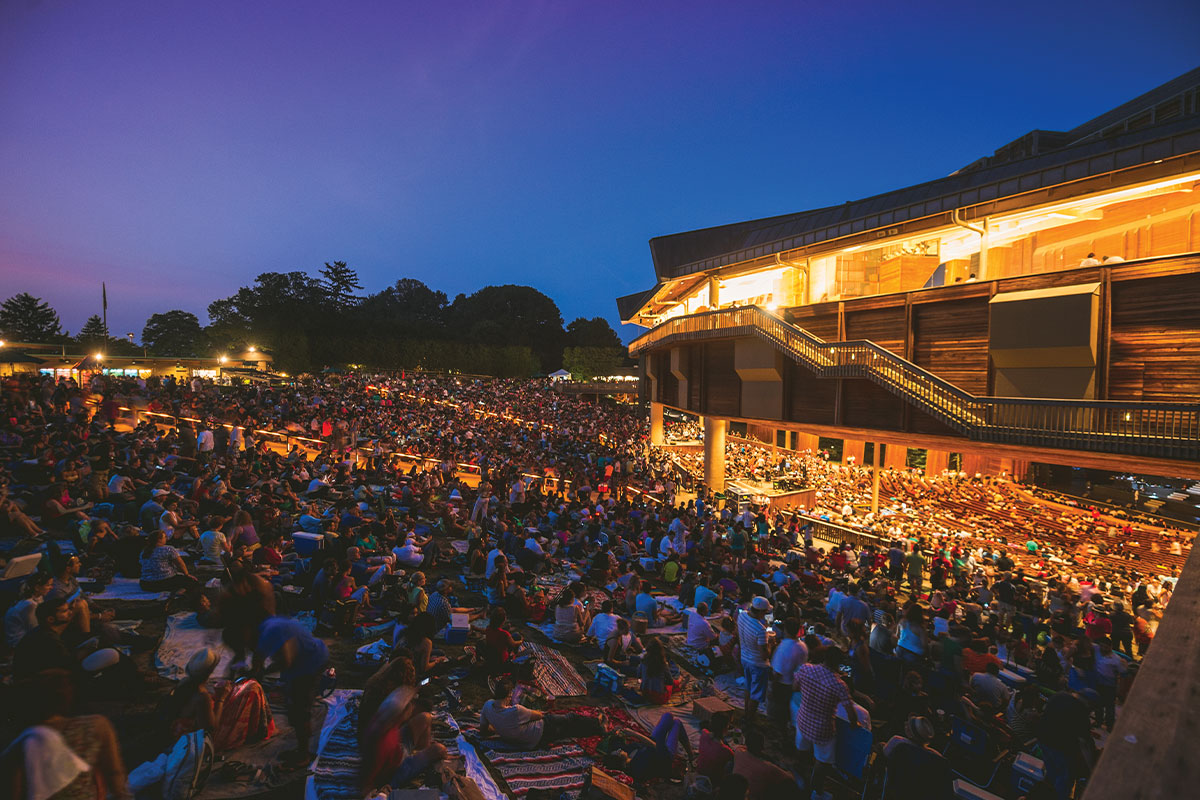
“The entire model has been flipped on its head.”
That is the new reality Josh Hodges has been forced to come to terms with as the chief customer officer of Crystal City-based nonprofit the National Council on Aging, where he works with 11,000 senior centers across the country.
As the coronavirus continues to spread, with older adults considered the most at-risk population, Hodges’ job has become more complex, and redefining customer experience has become a priority. Below, Hodges walks us through what life looks like for seniors right now, how centers both here in NoVA and beyond are putting their clients first and what you can do to help.
Over the past month as the virus spread exponentially, what has your job looked like?
We oversee the National Institute for Senior Centers, so we are in contact with centers across the country. The main thing we are seeing is that the way we’ve always done business has to change. Senior centers are a physical location where they go to meet their friends, get meals they need and participate in programming. It is a community. Now, in the past month as far as we know, every senior center in the country is closed. The vast majority have moved to a remote workforce, which is causing a lot of issues.
We are dealing with getting these necessary food items to adults, which has now been flipped to a distribution model, with a meals-on-wheels model. In a way though, the system is more open now than it ever has been before. It varies by center, but a lot of them are still trying to run programming like how to maintain a healthy lifestyle, how to stay connected when you are lonely … There are support groups, they are just all digital now.
What steps are senior centers taking to ensure the health and safety of their clients as the virus continues to spread?
We’ve put together tools and techniques, as well as best practice guidelines to share with senior centers. It’s all about putting programming online and how to best stay connected by checking in on these older adults who would typically come in.
What have you noticed is working well across the board nationally?
The communities are really opening up to our help. People have started volunteering more, bringing meals to the centers, and it’s all about getting that message out there that we really do need people to come help friends and neighbors. We are seeing these localized, hyper-local community groups coming together to serve each other. It’s become a national movement of realizing the importance of older adults, which we are trying to push.
What trends have you noticed in the Northern Virginia region?
Looking at the data, Manassas and Woodbridge centers recently delivered 3,445 meals in one day. These are frozen meals donated by the community that are going to clients’ homes and freezers so they can eat and have food for the next few weeks, because normally the centers are where they go for lunch and dinner most days. This is just two centers in the list of 11,000 across the country.
A lot of people are pitching in. But there are so many older adults in this area, we need help with access. We need funding, volunteers, anyone who is looking to support these people, the senior centers are a great place to start.
Have you noticed any major challenges that are affecting seniors across the board in the area?
The biggest thing is the immediate social isolation. As a result of this, mental and physical health deteriorates. Our goal has always been to get people out of their homes and interact with peers, and obviously that is different now. The advice is the polar opposite. Rolling through Easter was a main concern, where family and connectedness is special. We are going to see an increase in depression. It is important for us that the community continues to support one another. Social distancing is not the right answer, physical distancing is.
What has been the greatest challenge for you personally with navigating this virus?
We have a harder time getting those individual stories out. It’s taking us much more time to nationalize where the pain points are in the system. We’ve increased our surveys, communication networks and the other side is that our people are busier than they ever have been before. Senior center directors are working 100 hour weeks, where they usually work 50 to 60. It’s much more time-consuming to actively bring food to each client’s home and to actively set up virtual meetings with clients to ensure their happiness.
How do you recommend local community members help?
Anybody can look up their local senior center, or they can also go to NCOA.org and review the information, there are various options there for donations, food deliveries, etc. Staying involved with your counties is probably the best way … the directors will tell you exactly what needs to be done.
Or, it may sound simple, but really just calling older adults to talk to them. It really makes such a difference for them.
If you’re an older adult or caregiver looking for resources during this trying time, click here.
For more interviews with those on the front lines of the coronavirus pandemic, subscribe to our newsletters.





